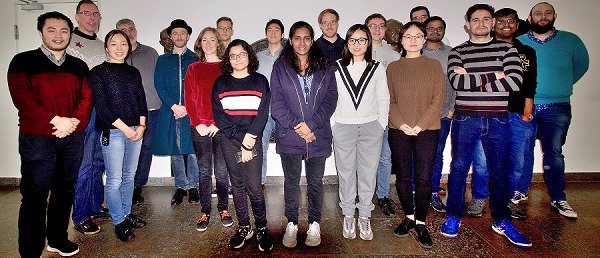Data-rich experiments such as scanning transmission electron microscopy (STEM) provide large amounts of multi-dimensional raw data that encodes, via correlations or hierarchical patterns, much of the underlying materials physics. With modern instrumentation, data generation tends to be faster than human analysis, and the full information content is…


